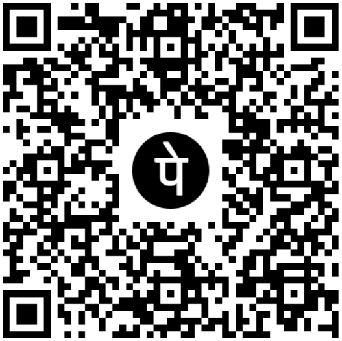Read more
5 Reasons Every Designer Should Learn Canva and a Coding Language
5 Reasons Every Designer Should Learn Canva and a Coding Language
In today’s digital-first world, being “just a designer” doesn’t cut it anymore. If you’re looking to future-proof your career and stand out in a crowd of creatives, here’s the golden rule: Master Canva for speed + Learn to code for power. Why choose when you can be dangerously good at both?
Let’s dive into why this dynamic duo is the ultimate career hack. 👇
✨ 1. Canva Speeds Up Your Creative Workflow
Canva is no longer just a beginner tool. It’s become a go-to platform for:
-
Social media graphics,
-
Pitch decks,
-
Website mockups,
-
Even short-form video content.
Why it matters:
Clients love fast turnarounds. Canva’s drag-and-drop simplicity + its massive template library = you save hours on repetitive design tasks.
Pro Tip:
Use Canva to build fast concepts and present mood boards, then refine complex designs in tools like Adobe Illustrator or Figma.
👩💻 2. Coding Unlocks the “How” Behind Your Designs
Ever wondered why your pixel-perfect design breaks when it’s handed off to a developer? It’s because design doesn’t live in a vacuum — code brings it to life.
Learning languages like HTML, CSS, and a bit of JavaScript helps you:
-
Build responsive UI mockups.
-
Understand layout logic.
-
Communicate better with developers.
Bonus: You can freelance as a front-end designer or even dabble in UI/UX roles — 💸 more skills = more income streams.
🚀 3. You Can Build and Brand Personal Projects Without Waiting
Here’s the dream: You design your own portfolio, code it, launch it, and promote it — all yourself.
With Canva, you create your brand visuals.
With code, you build interactive portfolios, landing pages, or digital products.
The result? You’re unstoppable. You can test new ideas without relying on a dev team.
💼 4. Employers and Clients Love Multiskilled Creators
In 2025, hiring managers look for T-shaped professionals — people with depth in one area (e.g., design) and breadth across others (e.g., marketing, coding, AI tools).
If you can:
-
Design a carousel in Canva,
-
Write the HTML for an email campaign,
-
And understand how that design will convert…
👉 You become a one-person creative machine.
Client perspective: “Why hire 3 people when one can handle it all?”
🔮 5. The Future is AI + Automation — Stay Ahead of the Curve
AI is already changing design tools. Canva now includes Magic Design and AI-driven image generators. Developers are using no-code and low-code tools with built-in design editors.
Here’s what that means for you:
-
Learning Canva helps you stay on top of visual trends and AI-enhanced design workflows.
-
Learning to code lets you explore automation tools (like Webflow, Framer, or AI-generated HTML) without fear.
The creative world is shifting. If you can combine aesthetics with technical know-how — you’ll never be replaceable.
🎯 Final Thoughts: Don’t Just Be a Designer. Be a Creator-Coder Hybrid.
You don’t need to be a full-stack developer. Just knowing enough code to control the outcome of your design elevates your entire creative process.
Canva gives you speed.
Coding gives you power.
Together, they give you freedom.
✅ Quick Actions You Can Take Today:
-
🔧 Start with Canva’s free templates — redesign one from scratch.
-
🧠 Learn HTML & CSS with a free course (like freeCodeCamp).
-
🧰 Try coding a simple portfolio website with your Canva-made brand assets.
-
🗣️ Add “Design + Front-End” to your resume or Fiverr profile.




0 Reviews